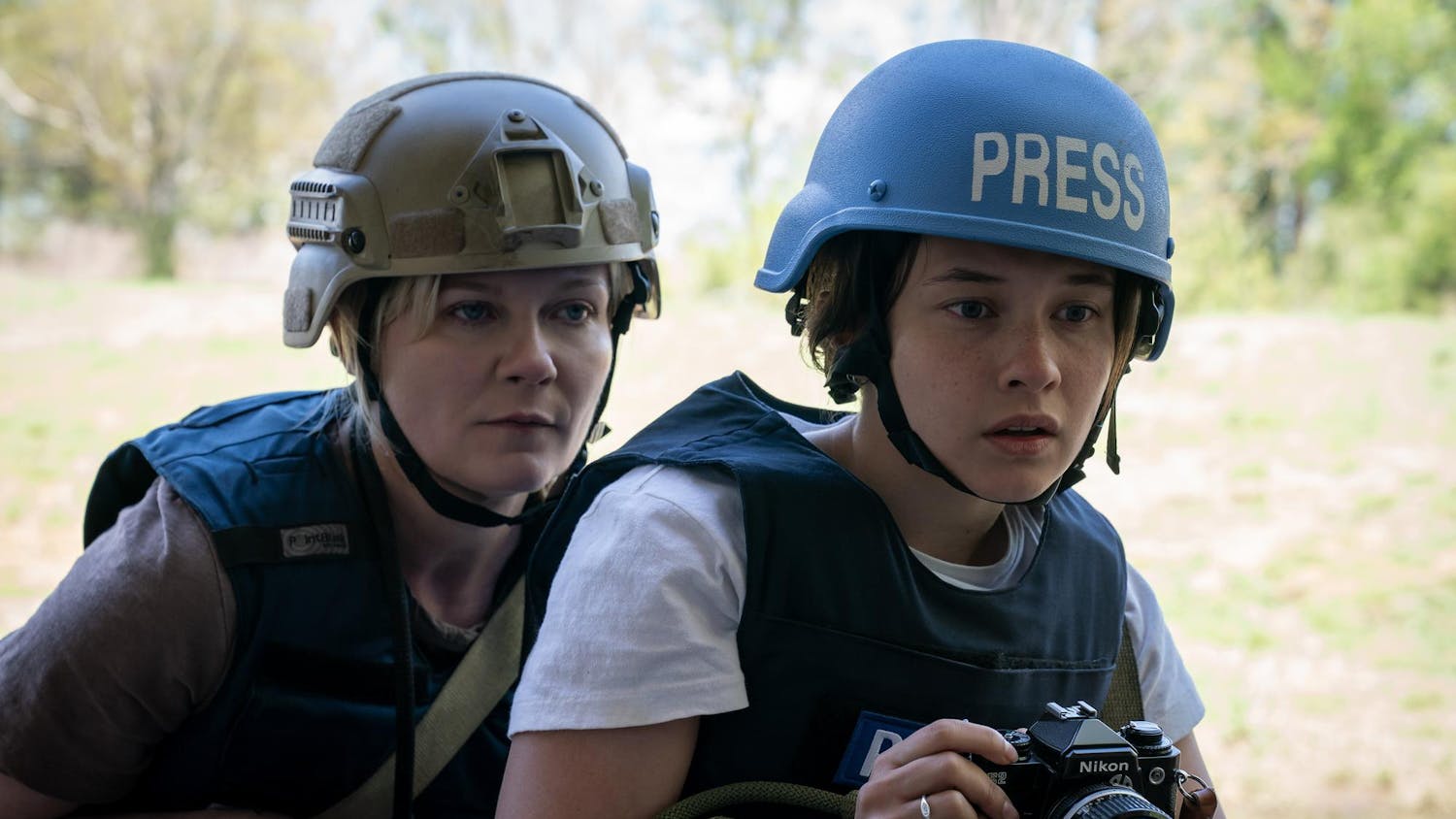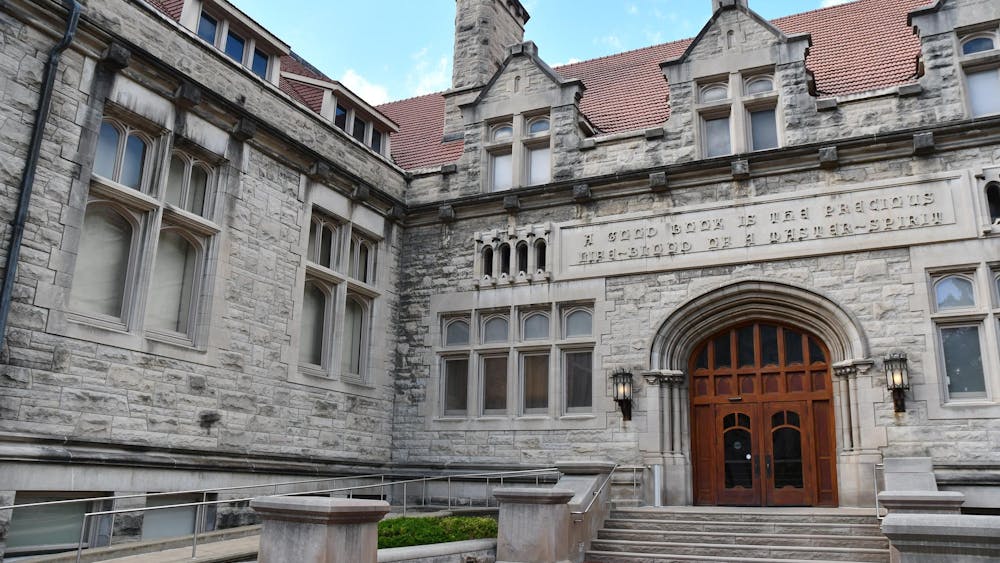Many successful films premiered this summer and drew a large box office crowd, but members of the LGBT community were largely missing from the character lineups.
On the same note, these films did not include many LGBT characters, as only two of 25 films that were successful in the box office included characters on the LGBT spectrum.
It is important for those in the movie industry to commit to creating representation for all marginalized people.
Everyone wants to see themselves represented somewhere. The crux of enjoying media is being able to relate to it, at least in some way. This representation becomes even more important when the mere identity and existence of an individual is threatened through means of systematic oppression.
Denying the existence and struggle of marginalized people is easy when the media most popularly consumed features mainly white, heterosexual characters.
New York Times best-selling author Adam Silvera recently wrote a piece on the importance of representation in fiction and how seeing characters like himself represented affected him in his youth. Seeing gay characters in fiction inspired him to come out to his community, Silvera said.
“Teens should be able to open a book and recognize a character who loves like they do,” he said.
Silvera also commented on the need for intersectional representation. For example, LGBT characters are often portrayed as male, white and cisgender.
In a series of tweets, Silvera revealed that his first novel, "More Happy Than Not," was rejected by publishers due to the fact that the main character was both gay and Puerto Rican. Silvera, gay and Puerto Rican himself, said he felt insulted. It insinuated that his own existence was unrealistic.
He went on to tweet, “I'm queer and Puerto Rican and I'm not the only one. Even if I was, I exist.”
Ideally, a representation of intersectional identities would be seamlessly integrated into modern media. Many people complain that adding many diverse characters is forced and unnatural, but it just represents the diversity of identities in real life.
Also, fiction becomes great when it explores extraordinary characters who have a story to tell. Focusing on the same storylines gets boring after the white, heterosexual character tropes are used so many times. Let’s face it: Hollywood does not need more movies starring Ryan Gosling and Emma Stone as romantic leads.
ABC’s hit show How to Get Away with Murder features a main cast of two black women, a Mexican woman, a black man, a Filipino man and two white men. The show also features an interracial gay relationship.
This is an amazing level of diversity for a primetime television show. While many critics claim this level of diversity is unnatural or forced, the actors are superb and work extremely well together. The show even earned a rating of 8.2 out of 10 on IMDB and is about to enter its 4th season, proving the existence of an audience for this amount of realistic diversity.
People of all races, identities and intersections of both exist and deserve to see themselves represented in modern media. We do not live in a white and heterosexual world, so it is time to stop portraying it that way.
emmagetz@indiana.edu
@emmaagetz





